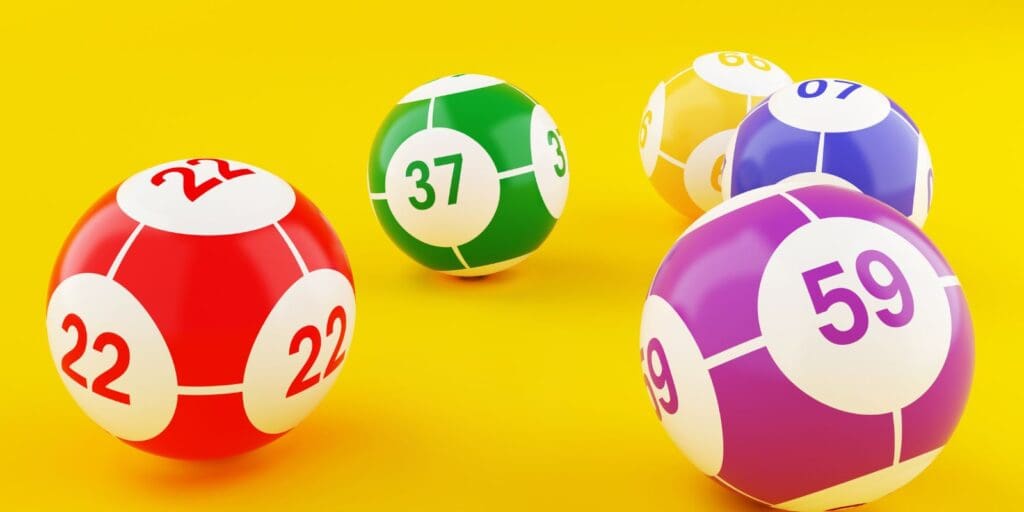For a game that’s still so popular today, it might be hard to believe that Bingo has been around for a few centuries at this point. In fact, best estimates date this classic game back as far as the 1500s.
But the Bingo we know today isn’t quite the same game that it was when it first started out. Even over the last few decades it’s evolved significantly, going from being primarily played in land-based Bingo halls to the online Bingo room.
So, join us as we take a look back at just how Bingo went from its origins in 16th-century Italy to becoming one of the most popular online games today.
Bingo’s humble beginnings
It’s largely agreed on that the game we now know as Bingo got its start during the early 1500s in Italy.
At the time, the game was known as Il Gioco del Lotto d’Italia and quickly became a popular fixture on Saturdays around the country.
This version of the game looked quite different from modern Bingo, with players only having to match the single winning number drawn.
It was only when the game made the move across the Alps and arrived in France that some of the more familiar Bingo elements started to come into play.
The French version – simply called Le Lotto – proved a big hit with the aristocracy, in part thanks to the creation of the proto-Bingo card.
Rather than aiming to match just one number, players needed to complete either a single or vertical line of numbers on their cards – a lot closer to how a modern Bingo game plays!
Going American
After spending centuries taking Europe by storm, the game finally crossed the Atlantic in the 1900s, finding new heights of popularity in America.
It still wasn’t called Bingo at this point, with most Americans initially encountering it as ‘Beano’. Rather than marking numbers off their cards with pens or daubers, players used beans to keep track of which numbers they’d matched.
Sources disagree on how the name Bingo came about, but when the game was commercially published thanks to enterprising New York businessman Edwin S. Lowe, that was the name he chose.
With thousands of Bingo card variations using the 5×5 grid, Lowe’s version of the game had a much higher chance of producing only a single winner at a time.
Modern Bingo
From the 1960s on, Bingo became an increasingly popular gaming choice in the UK and dozens of Bingo halls sprung up throughout the country.
While the UK version of the game uses a higher ball count and a different card format, the basics remained the same as those in the US. Brits also added the unique calls of Bingo lingo to the mix.
After hitting their peak in the 90s, the popularity of Bingo halls started to decline due to a variety of factors. But rather than spelling the end for Bingo, the digital revolution helped to take the game to a fresh audience.
Online Bingo allowed players to choose from a greater variety of game formats, such as letting UK players try out the 75-ball format played in the US.
With more options, advanced graphics, themed variants and random number generation (RNG), it’s no surprise that Bingo continued to flourish in the digital space.
As technology continues to develop further it’s only a matter of time before Bingo makes its next leap forward. How else could this classic game evolve in the years ahead?

